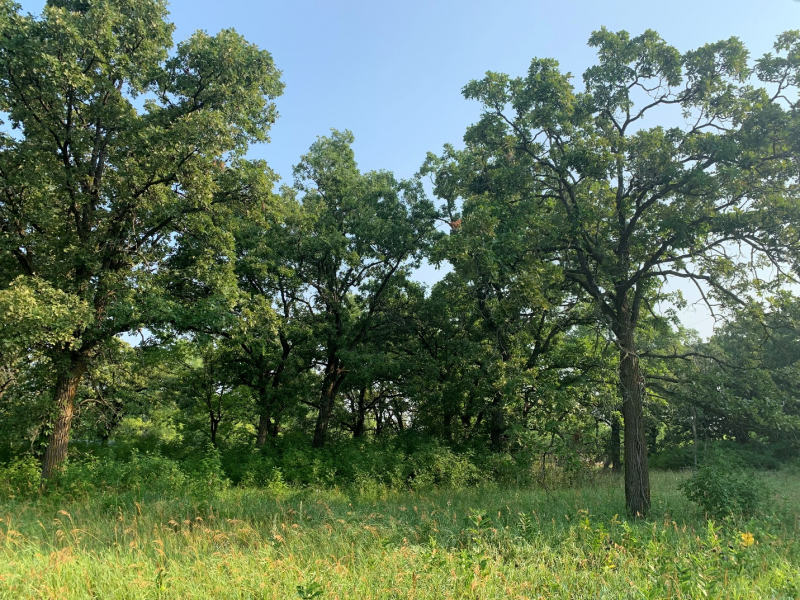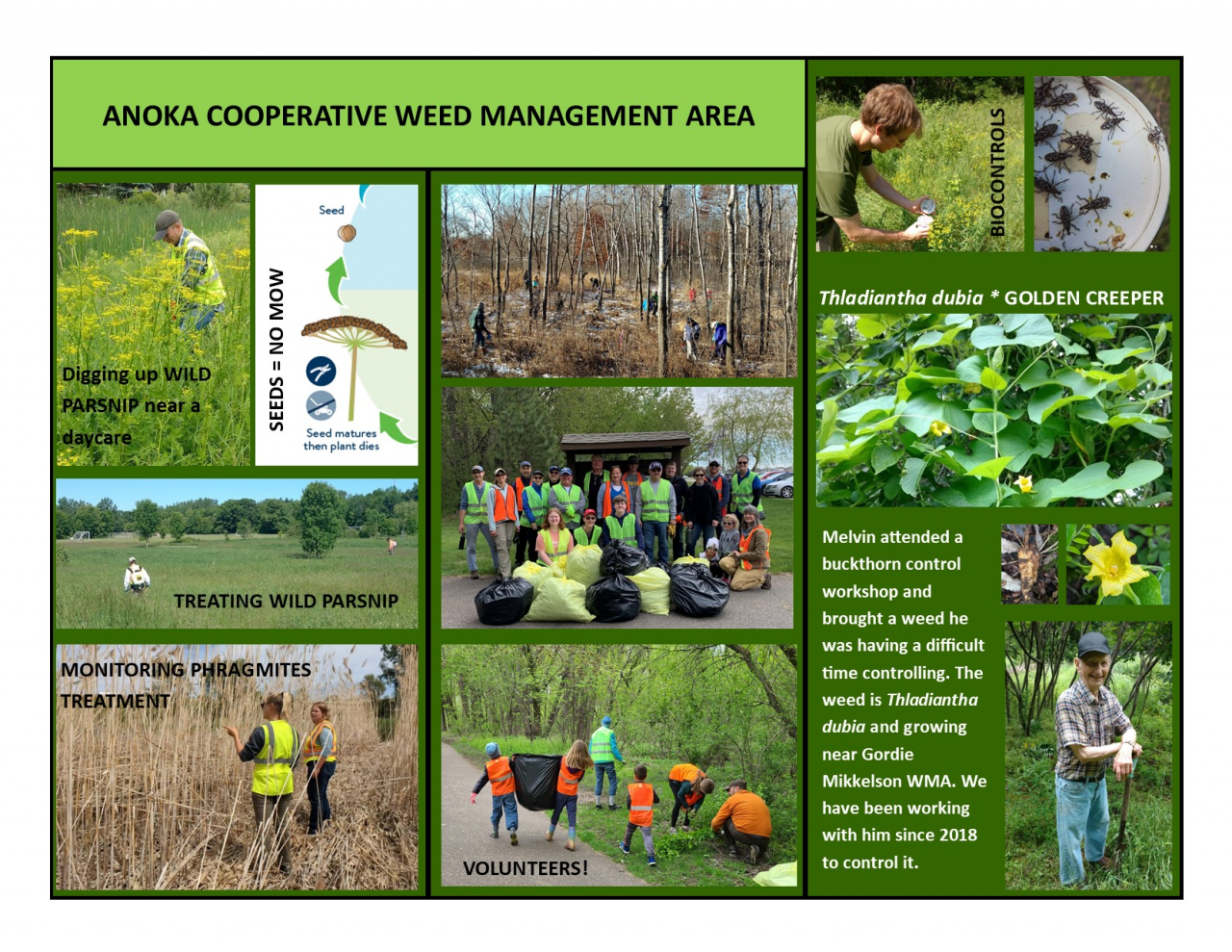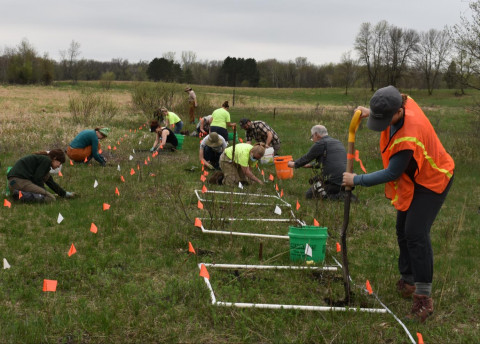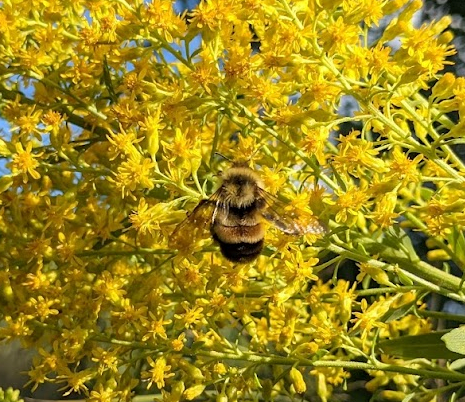Anoka Conservation District recently submitted two proposals, HRE07 Rum River Corridor Fish and Wildlife Habitat Enhancement – Phase 2 and HA02 Anoka Sand Plain Habitat Conservation – Phase 8 to the Lessard-Sams Outdoor Heritage Council ML 2023 Request for Funding. The proposed activities will enhance aquatic and terrestrial habitat in Anoka County and collaborate with Partners in the Rum River Corridor and the Anoka Sand Plain Ecoregion.
HRE07 Rum River Corridor Fish and Wildlife Habitat Enhancement – Phase 2
$3.5M request ($3M for Anoka County) includes:
- Streambank and in-channel stabilization (2,200 linear feet);
- In-stream fish habitat with a focus on game fish (1,200 linear feet); and
- Riparian forest, wetland, and prairie enhancement in the Shoreland Zone (118 acres) including wild rice habitat on tribal lands.
Partners:
- Anoka, Isanti and Mille Lacs SWCDs
- Anoka and Isanti Counties
- Upper and Lower Rum River WMOs
- The Nature Conservancy
- Mille Lacs Band of Ojibwe
HA02 Anoka Sand Plain Habitat Conservation – Phase 8
$8.9M request ($2.15M for ACD) includes:
- Conservation easements (540 acres)
- Habitat restoration and enhancement (1,736 acres and 2,200 linear feet of shoreline)
- Rare plant rescue program





